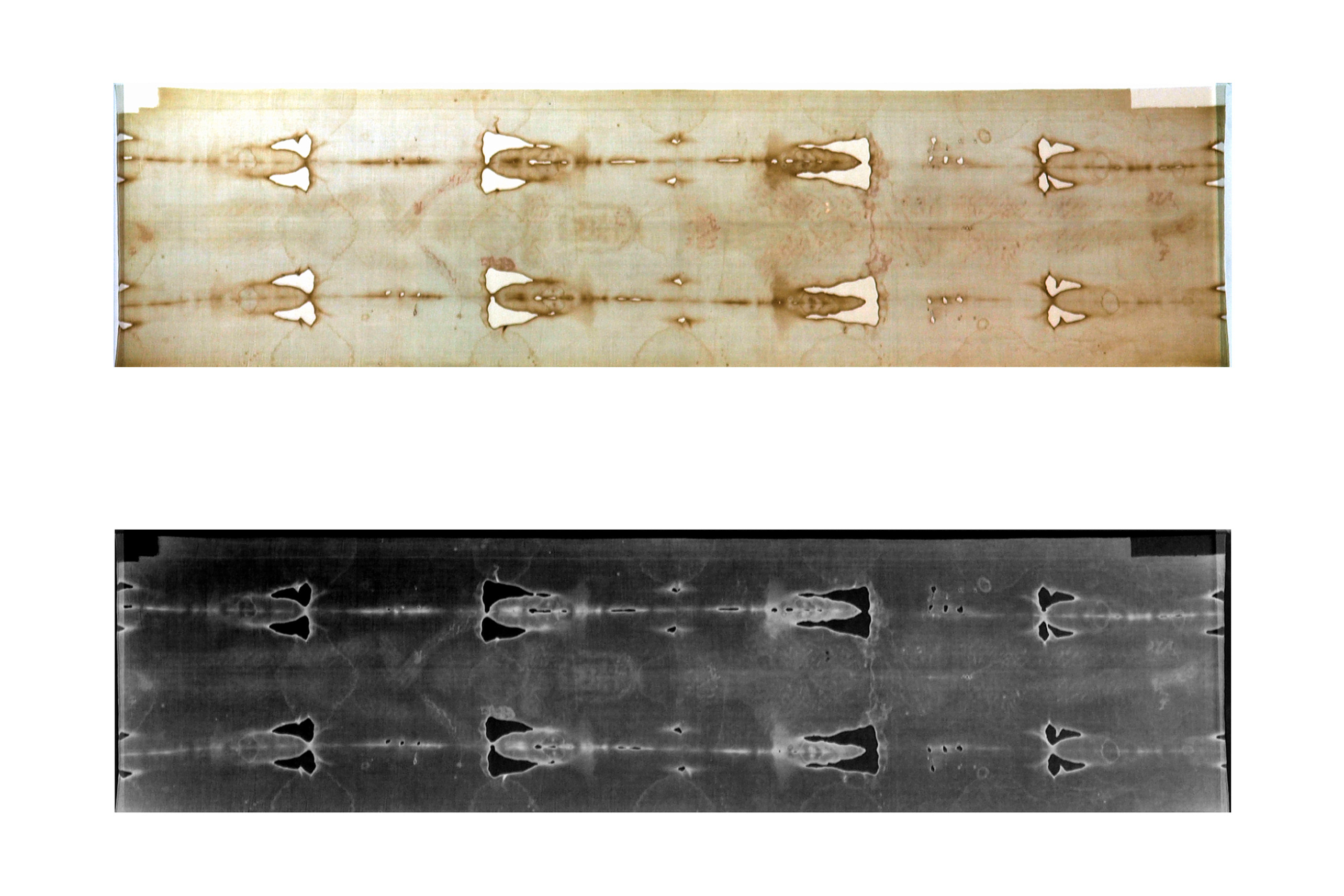
The Face of Jesus? AI Reveals New Insights as Shroud of Turin Debate Reignites
The Shroud of Turin, one of history's most enigmatic religious artifacts, has once again captured global attention. Recently, the debate over its authenticity has been reignited, thanks to cutting-edge artificial intelligence and groundbreaking scientific research. But what is the Shroud of Turin, and why has it been the subject of such fascination and controversy for centuries?
Believers argue that this 14-foot-long linen cloth is the very fabric that wrapped Jesus Christ after his crucifixion, leaving behind a faint, ghostly image of his face and body. Skeptics, however, have long dismissed the shroud as a medieval forgery, a relic of religious fervor rather than historical reality. But recent developments may shift this debate into new territory.
Also Read:Italian scientists have employed advanced techniques to analyze the Shroud, challenging earlier carbon dating results from the 1980s, which suggested the fabric was created between 1260 and 1390 AD. These new studies, led by Dr. Liberato de Caro of Italy’s Institute of Crystallography, used Wide-Angle X-ray Scattering (WAXS) to examine the molecular structure of the linen. The results are astonishing—indicating that the cloth may indeed date back to the 1st century, aligning with the period when Jesus is believed to have lived.
Adding to the intrigue, the Daily Express utilized AI imaging technology to recreate what the face behind the shroud might have looked like. The AI-generated images show a man with long, flowing hair and a beard, bearing striking resemblance to traditional depictions of Christ. Cuts and bruises on the face, consistent with the injuries sustained during crucifixion, are also visible, reinforcing the belief that this shroud could be the authentic burial cloth of Jesus.
However, skepticism remains. Critics argue that the AI interpretation is merely a modern reimagining of a centuries-old image, influenced by cultural and artistic representations of Christ rather than objective truth. Others point out that the shroud’s mysterious image could have been the work of an extraordinarily skilled, albeit unknown, artist from the Middle Ages.
Despite the ongoing debate, the Shroud of Turin continues to be venerated by many as a sacred relic. Various popes, including Pope John Paul II and Pope Francis, have shown reverence for the shroud, though the Catholic Church has not officially recognized it as the true burial cloth of Christ. The shroud is securely housed in the Cathedral of St. John the Baptist in Turin, Italy, where it is occasionally displayed to the public.
As science and technology evolve, so too does our understanding of historical relics like the Shroud of Turin. Whether it is a genuine artifact from the time of Jesus or a medieval creation, the shroud remains a powerful symbol of faith for millions around the world. The recent developments in AI and scientific research only add to its mystique, ensuring that the Shroud of Turin will continue to be a subject of fascination, debate, and reverence for years to come.
Read More:

0 Comments